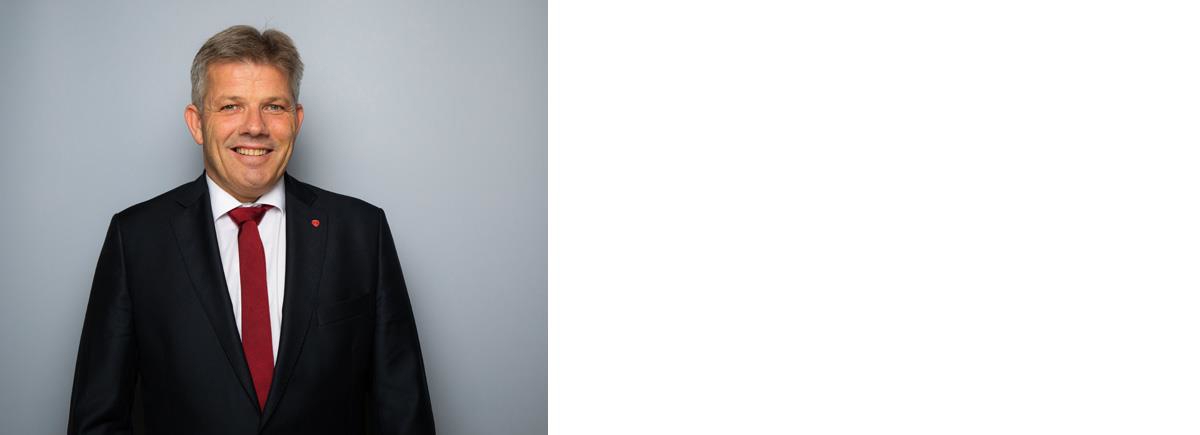Foreword
The maritime sector is part of our nation’s DNA. With its long and proud traditions, it has shaped our country and our culture, and it continues to constitute an economic engine in large parts of the country. In 2020, the industry employed over 60,000 people, the vast majority of which were men. The gender divide is particularly apparent among seafarers, where women only make up about ten percent of the workforce.
In working with the gender equality strategy, the Inland Norway University of Applied Science was tasked with carrying out a comprehensive study. The purpose was to survey the state of gender equality in the sector and to receive input on possible ways forward. As minister, I have had several input-meetings with the relevant stakeholders. And I have made it a point to get direct feedback from those that have their daily jobs in the sector.
What we have found is that the underrepresentation of women in the maritime sector is largely due to working terms and conditions, equipment and uniforms adapted to men, and challenges related to the working environment. Several women have experienced a lack of respect in the workplace, while others have faced harassment. Such conditions are completely unacceptable in our Norwegian labour market.
The good news is that we have the means to do something about this and improve the situation.
For the government, this is about safety for work, and safety at work. Equality is about fairness and equal opportunities and is an important value in itself. But equality is also the key to a good working environment, to innovation and value creation.
The maritime sector is international by nature and competition is high. The industry must go through a green and digital transition, which means that it is crucial to ensure recruitment from the entire population, both women and men. For the industry, it is important that Norwegian maritime jobs are perceived as attractive both for new arrivals and for those already in the industry.
We have identified four focus areas that will serve as building blocks as we promote greater equality in the sector. These are: recruitment and role models, a working environment that benefits everyone, a working life free from harassment, and an adapted workplace.
The launch of this strategy is only the beginning of the road ahead. We will have to follow-up on the proposed measures with commitment and continuous effort.
But what we are witnessing is the creation of a more equal and inclusive future industry.
The industry’s response to the work has been positive. That is encouraging because the most important steps to ensure equality must be taken by the industry itself.
One of the measures we are proposing, is a formal declaration of cooperation with the industry. This will allow us to set concrete targets and identify definite waypoints for evaluating the progress. And if need be, to adjust underway.
The maritime sector is global in reach, and we must continue our efforts for gender equality beyond our national borders. Therefore, the strategy has been translated into English, enabling our government to promote it in dialogue with our international partners.

Bjørnar Selnes Skjæran
Minister of Fisheries and Ocean Policies
Photo: NTB Kommunikasjon / Statsministerens kontor